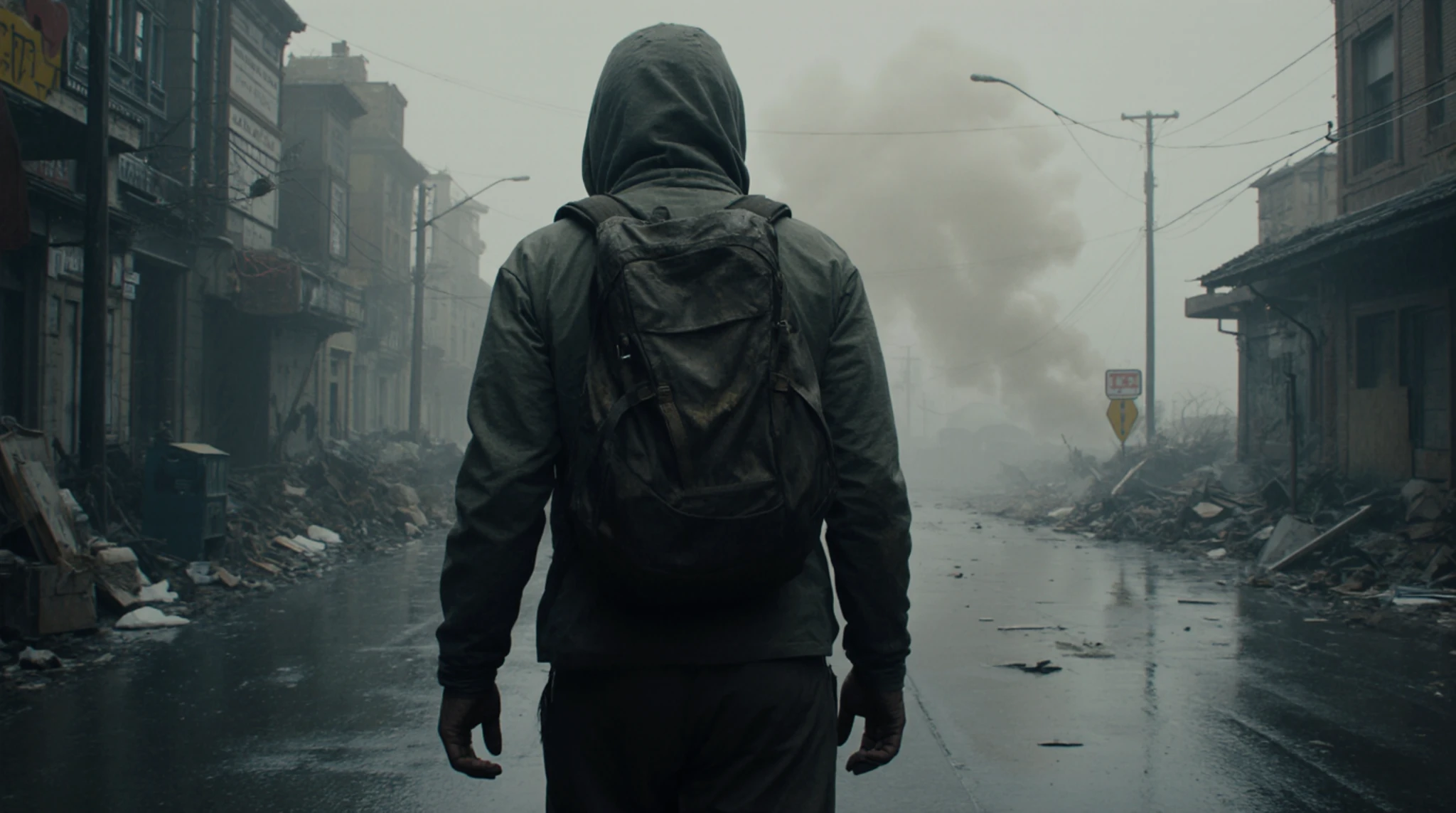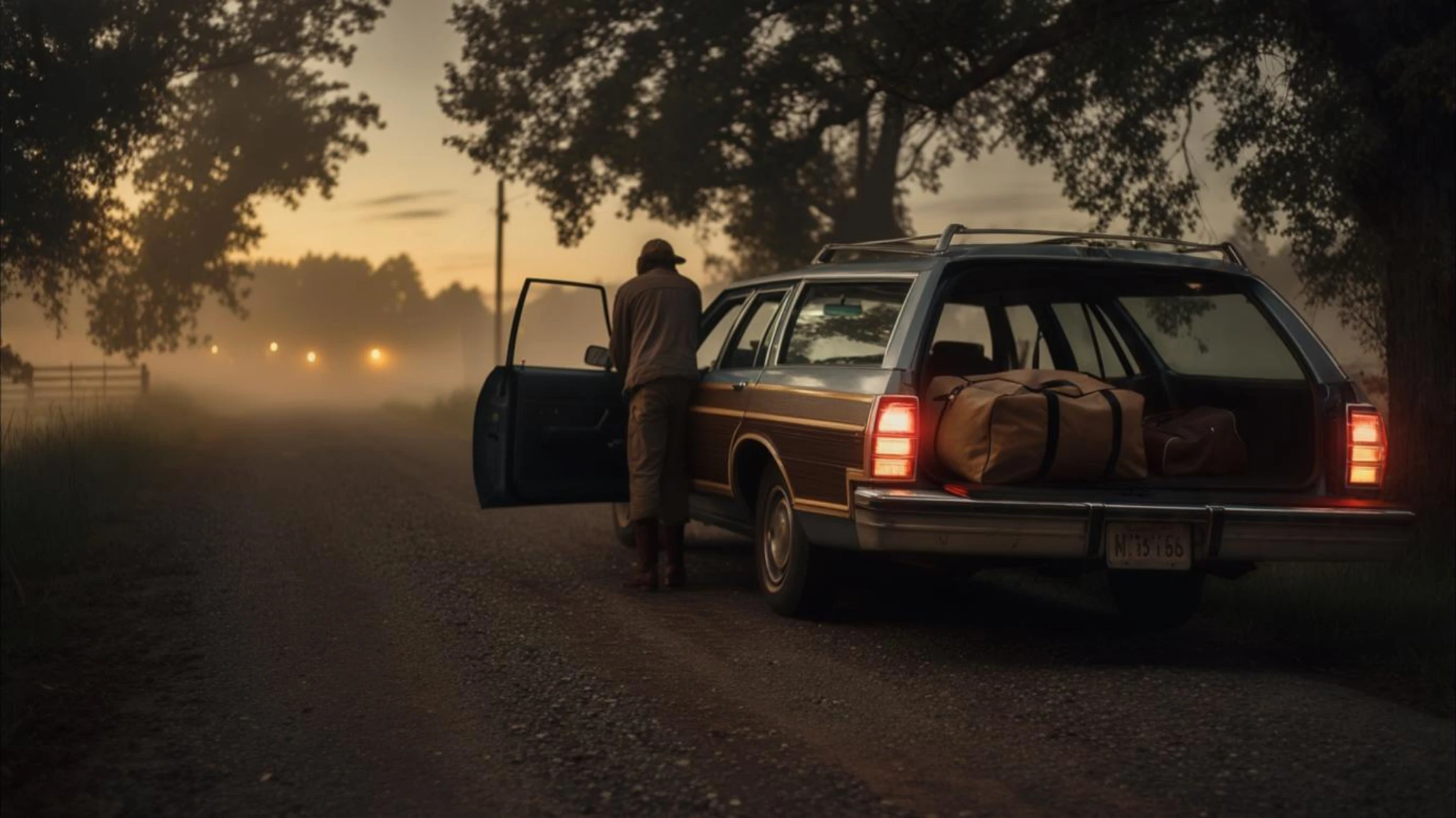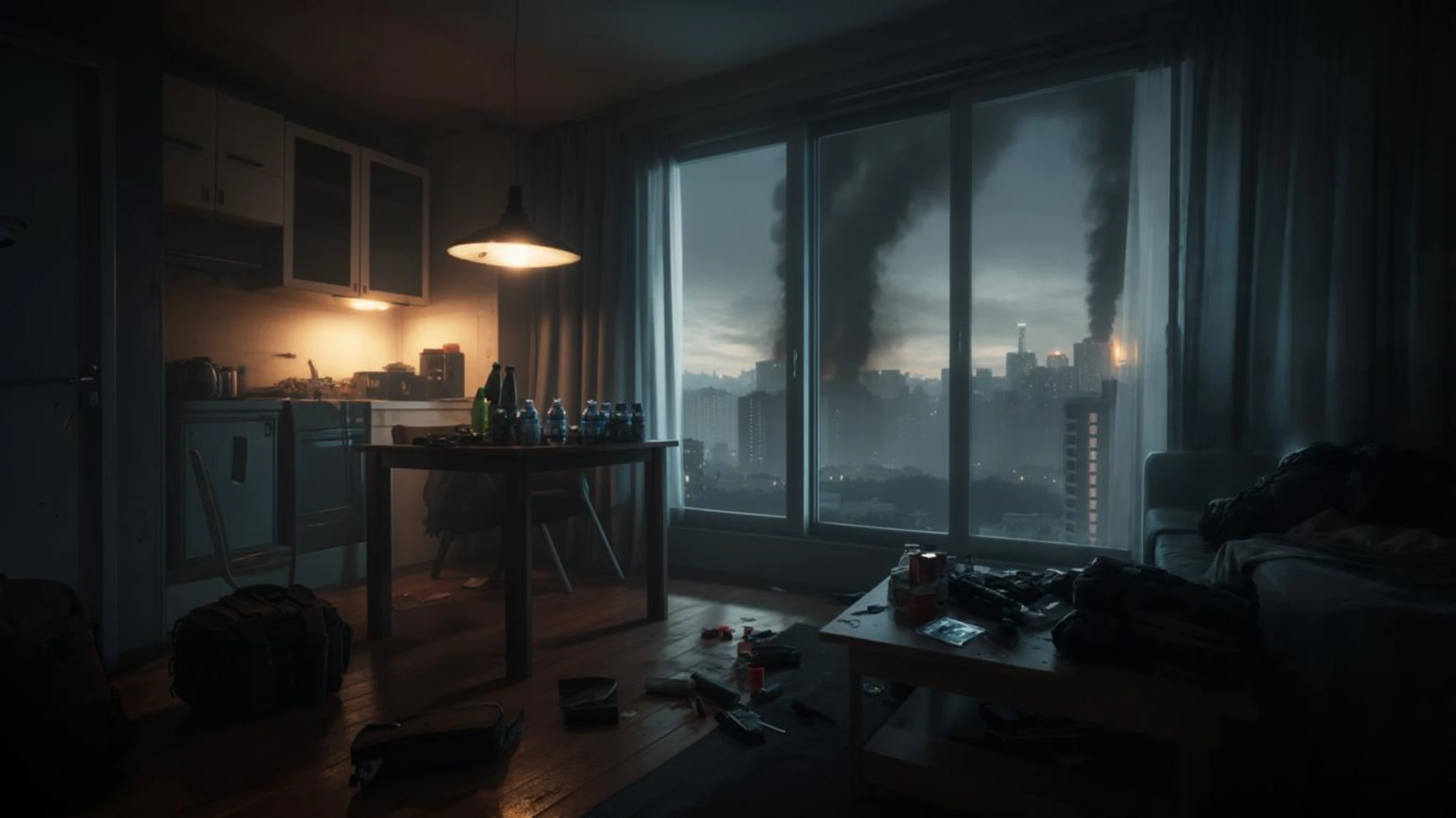When disaster strikes a city, the first 24 hours are critical. It could be an EMP blast, a biohazard release, a terrorist attack, or even the early stages of civil war. Whatever the trigger, you won’t get a polite announcement telling you it’s time to leave. You’ll be surrounded by confusion, denial, traffic jams, sirens, panicked civilians—and in the middle of that chaos, you have one job: get out before it’s too late.
Most people will wait. They’ll turn on the news, scroll through social media, or tell themselves things will calm down. But when a true collapse hits, hesitation is deadly. Highways will be jammed within hours. Gas stations will run dry. Supermarkets will be stripped clean. And by the time the government orders evacuations—if they do at all—it’ll be too late to get ahead of the mob.
If you live in or near a major city, you need to know exactly what to do the moment everything falls apart. This guide will walk you through the essential mindset, decisions, and actions to escape a collapsing city in under 24 hours—while most people are still glued to the news.
The Mindset: Don’t Wait for Permission
The biggest mistake people make during a disaster is waiting for someone to tell them what to do. Humans are wired to seek reassurance and normalcy, even when the world is clearly unraveling. That instinct will kill you.
You must develop what survivalists call a “go-now” mindset. That means recognizing the red flags early, trusting your gut, and being ready to move the moment your threshold is met—not when your phone buzzes with an alert from the mayor’s office.
Ask yourself this: What’s the line for you? Is it the power going out citywide? Gunfire in your neighborhood? Smoke rising from downtown? Define it ahead of time. Because when the moment comes, you won’t have time to think. You’ll either move—or freeze.
Hour 0: The Decision to Go
You don’t need to know everything. You don’t need confirmation. What you need is a strong instinct and a plan. When something doesn’t feel right—go. Don’t wait to “see how it plays out.” If it turns out you were wrong and things settle down, so what? You went on a road trip. But if you were right, you just gave yourself a head start most people will never get.
As soon as you decide to move, the clock starts. You have a narrow window before roads clog and panic sets in. The first six hours are your best shot. After that, every minute will cost you.
The First 60 Minutes: Grab, Gear Up, Go
Once the decision to leave is made, there’s no time for debate. You need to grab your essentials and get moving. If you’ve done your prep right, your bug-out bag is already packed and ready to go.
You’ll want to carry only what you can move fast with. Forget sentimental items. Forget valuables. This isn’t about comfort—this is about survival. Your bug-out gear should already include: water, food, maps, fire-starting tools, first aid, cash, a weapon, and essential documents. If you have time to grab more, focus on fuel, more water, and extra medical supplies.
Check the weather, note the time, and get your exit plan rolling.
Hour 2-6: Evade the Traffic and Crowds
This is where most people fail. They try to leave the city the same way they go to work—using the main roads. By the time you’re packed and on the move, so are thousands of others. Gridlock, stalled vehicles, and desperation await you there.
The smart survivor avoids highways and major routes. Use paper maps—your phone may not work. Plot back roads, service alleys, bike paths, or railroad lines. Know how to get out without ever touching an interstate.
If you’re on foot or bicycle, you’re more agile and can slip through where vehicles can’t. If you’re driving, your goal is to get clear of the dense zones before your fuel runs out or you get boxed in. Keep your radio on, but don’t follow official evacuation routes—they’ll be overwhelmed and possibly controlled.
Hour 6-12: Stay Quiet, Stay Moving
By now, panic is setting in. Supermarkets are being ransacked, gas stations are overwhelmed, and law enforcement is beginning to lose control. Riots may have started. Roads are blocked. Fires are spreading.
If you’re still in the city at this point, every hour becomes exponentially more dangerous. You must stay low-profile and quiet. Avoid drawing attention to yourself. Don’t engage in arguments, don’t explain where you’re going, and don’t stop unless you absolutely must.
This is also the phase when you need to make hard choices. Do you stick with your vehicle or ditch it? Do you travel at night or find shelter until daylight? There’s no one-size-fits-all answer, but your goal is the same: get distance between you and the chaos.
Hour 12-24: Find a Safe Zone and Reassess
By the end of the first day, things are in full collapse. Most people are now realizing the power’s not coming back, the shelves are empty, and help isn’t coming. Looting is widespread. Government response is overwhelmed or gone.
If you made it out, you’re now in phase two: finding safety and planning your next move. Ideally, you’re already at a fallback location—a cabin, a friend’s rural home, a pre-selected shelter site. If not, now’s the time to get away from population centers, find water, and stay hidden.
Use the remaining hours to assess your supplies, check your map, and observe your surroundings. Listen for distant noise. Look for smoke columns. Gauge where the next threat might come from. You survived day one—but there’s a long road ahead.
If You Couldn’t Get Out in Time
Sometimes, no matter how fast you move, you get stuck. Maybe you hesitated. Maybe a road was blocked. Maybe you’re caring for someone who can’t move fast. Whatever the reason, if you’re trapped inside a city after it falls apart, your priority shifts to sheltering in place and surviving the chaos.
Barricade your location. Stay quiet. Avoid using lights at night. Listen for threats. You’re waiting for a new window—an opportunity to slip out when attention is elsewhere. That might be tomorrow. That might be next week. But if you missed the first 24 hours, you need to stay sharp, patient, and completely alert.
Final Thoughts: Do You Know How You’d Escape?
The first 24 hours after a major disaster are your best and possibly only chance to get out alive. Once panic takes hold and infrastructure collapses, the city becomes a cage. Most people will wait too long, make bad decisions, and get swept up in the chaos.
But not you. Not if you’ve prepared, planned your routes, and developed the instinct to act without hesitation. Because when the sirens start wailing, the power cuts out, and the streets start burning—you won’t be watching.
You’ll be moving.



